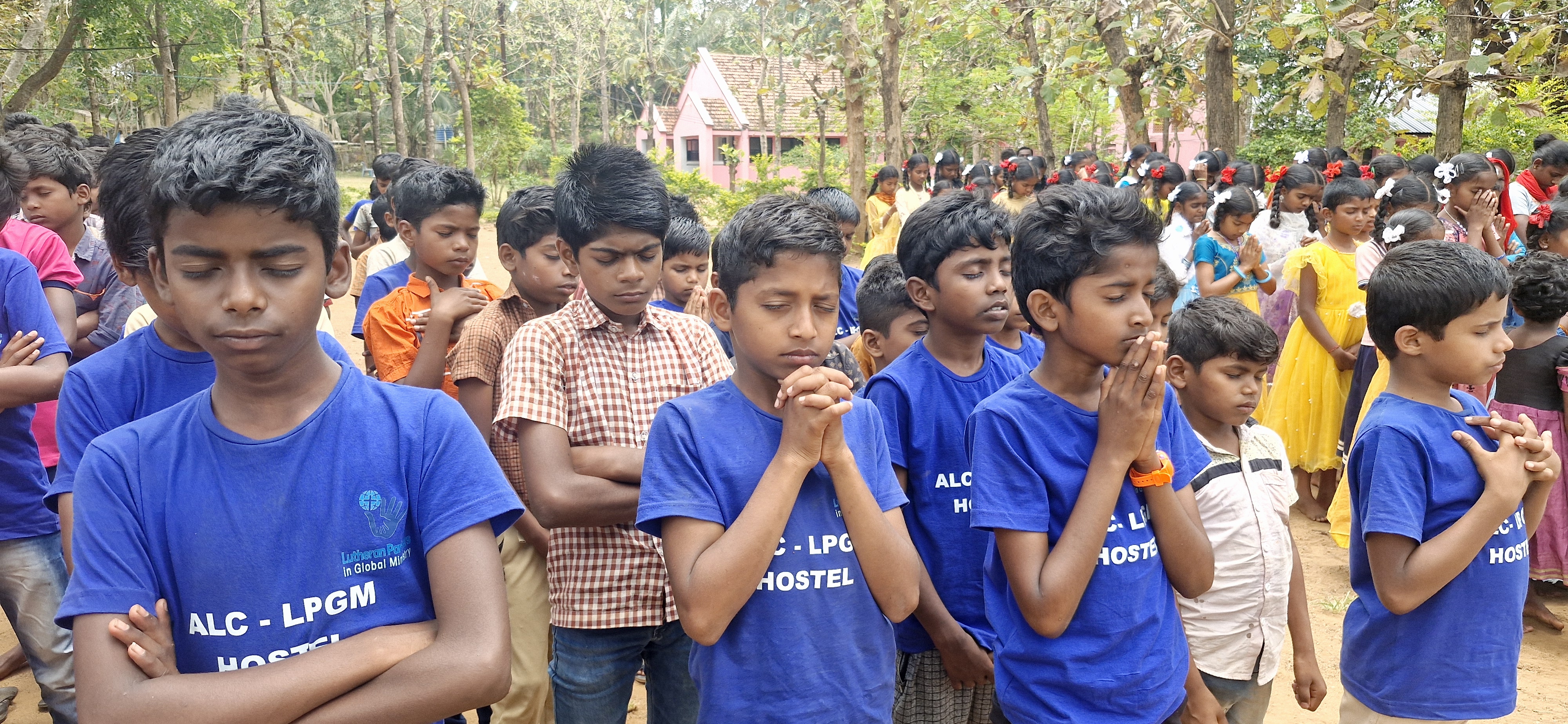
Aug 11, 2025
What We Can Learn from Christians in India
Christianity pervades American culture, and even as membership numbers fall, a majority of Americans still are affiliated with Christian churches and more are influenced by church teaching. Some go so far as to claim that the nation itself is Christian. Discussions about public policy in America include appeals to Christian values and debates about what those values are.
Much of what we in the United States assume about being Christian is not the case in India. For American Christians, maybe particularly for those fascinated by the ways Chrisitianity interacts with culture as I am, encounters with Indian Christianity are eye-opening. During my first trip to India, my students and I attended a Catholic mass conducted by a priest vested in auspicious saffron rather than a standard western liturgical color. We visited artist Joythi Sahi’s ashram where we saw his portrayals of Jesus as a guru and as a Dalit drummer. At a Reformation celebration, I watched young Lutherans, in shining costumes, perform a Bollywood-esque version of “A Mighty Fortress is Our God.”
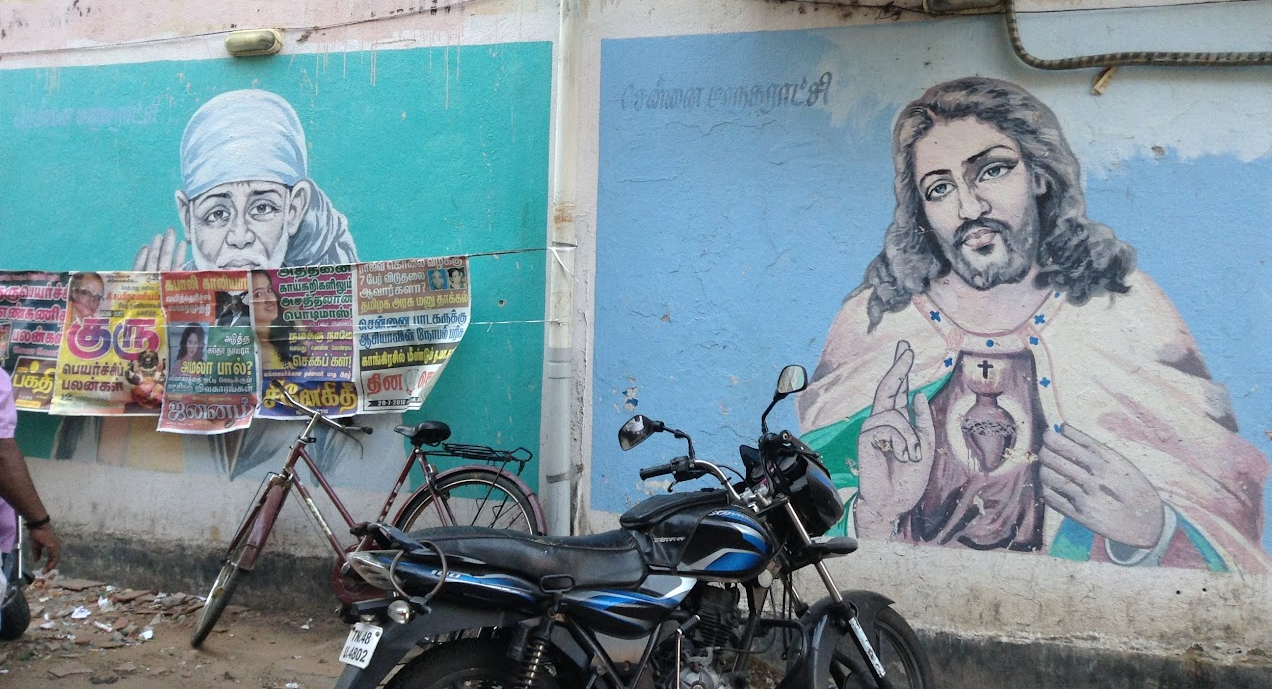
A painting of Jesus adorns an outdoor wall in Chennai.
Christians are a minority, and often considered outsiders
Although the oldest churches in India were founded in the first century, and Christianity is the third largest religious group in India, Christians are a tiny minority of the population. Firm numbers are hard to come by, but Christians certainly make up less than 3% of the population, and are unevenly distributed across the nation. In whatever language they worship–Syriac, Tamil, Telugu, English, or another–Christian Indians are regarded by some of their fellow citizens as somehow foreign. As not quite Indian. As at odds with Indian society and culture. No one would suggest that India is a Christian nation. Indeed advocates of Hindutva assert exactly the opposite: that Indian national identity is derived from Hindu culture.
Indian Christians are often from marginalized groups
Indians who became Christian during the mass movements of the nineteenth century were from outside the caste system: Dalits, then called untouchables. Frequently, they were attracted by the gospel promise of abundant life in the present as much as by the promise of eternal life. Christianity offered them human dignity, including access to health care and education for their children. Generations later, today the vast majority, likely three-quarters, of all Christian Indians are Dalit or Adavasi, that is "tribal people". This is triple their proportion of the general population.
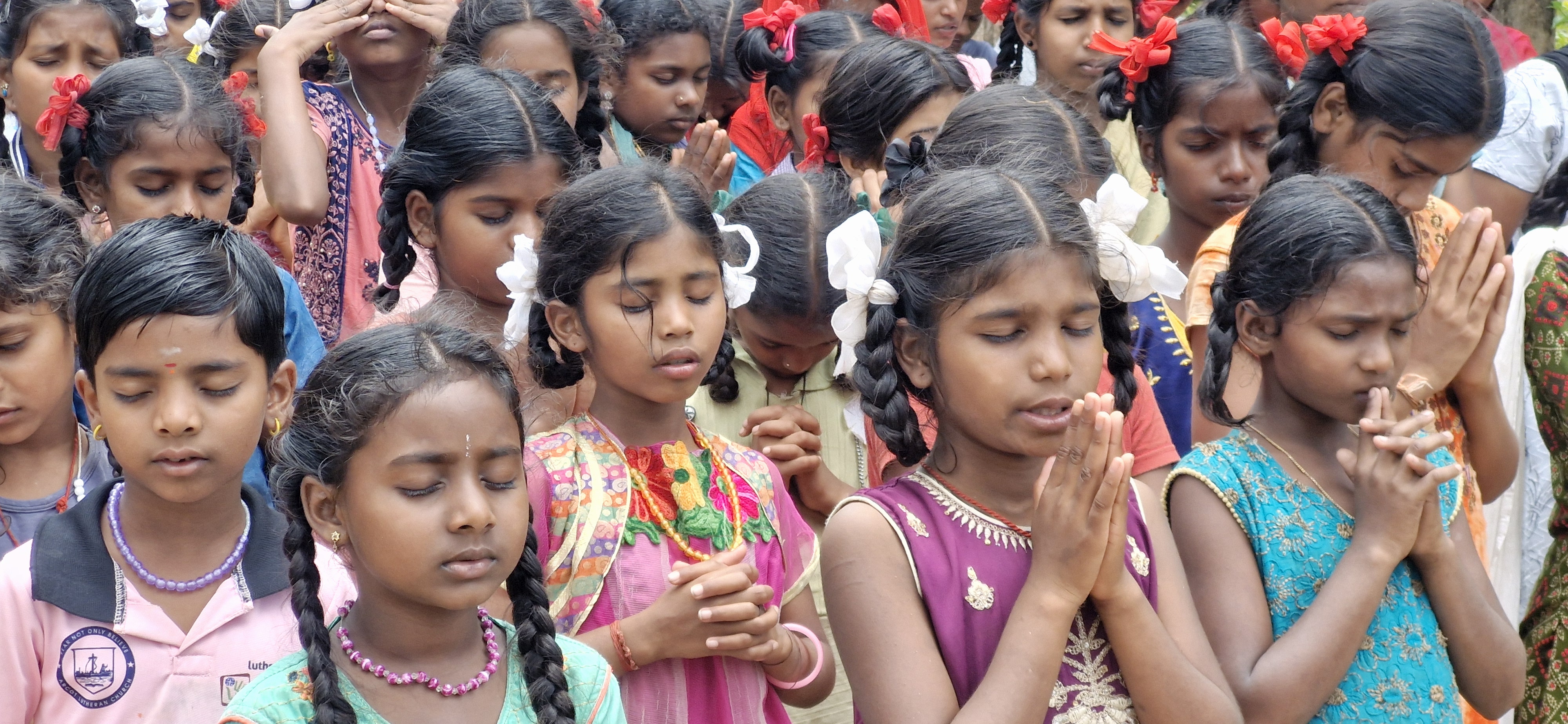
Students at an Arcot Lutheran Church boarding home in the Kalrayan Hills concentrate during a prayer service.
Spiritual and Embodied Concerns are One
Christian Indians’ continued experiences of various degrees of social, economic, and political oppression inform their understanding of the gospel and stimulate their activities, inside and beyond their churches. Theologian Sathianathan Clarke identifies the source of both in the “life and teachings of Jesus,” which is “the embodiment of life in all its related fullness.” Because the spiritual and the temporal are known as one, not separate concerns, Indian Christians make common cause with other Dalits and Adavasis in resisting oppression and seeking liberation. They encounter and acknowledge God’s presence wherever liberation takes place, not only within their own religious communities.
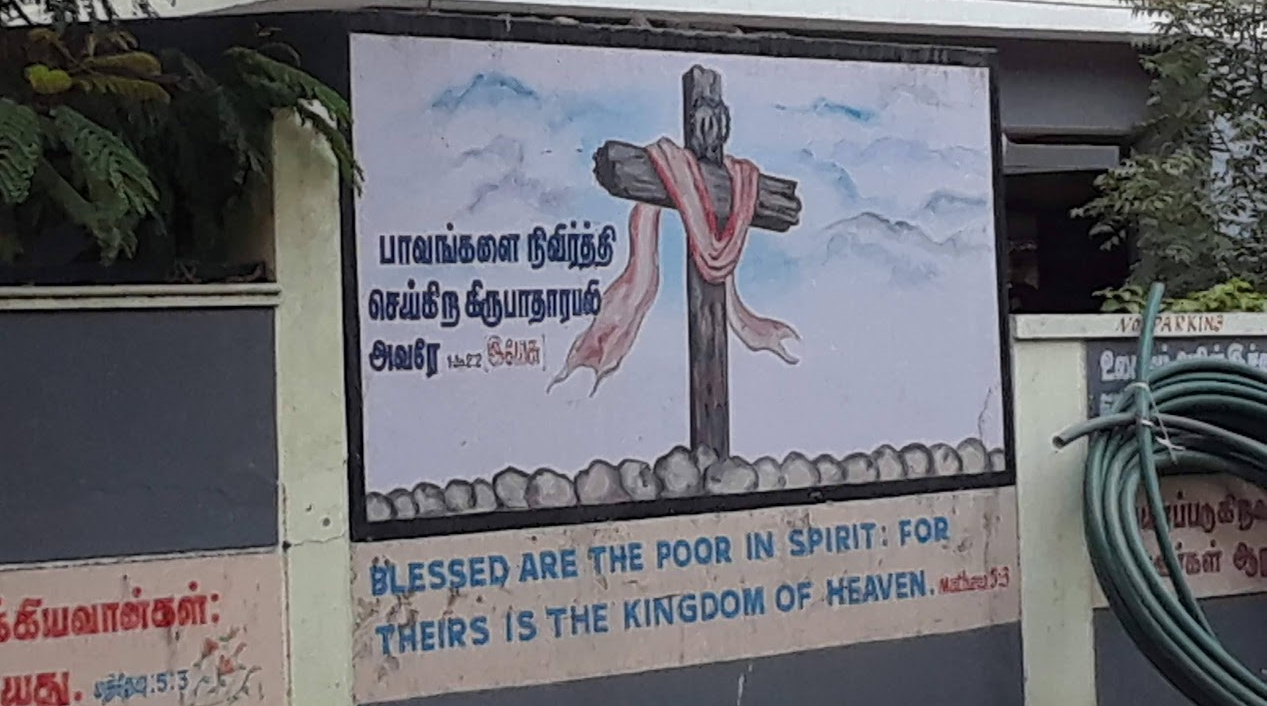
Matthew 5:3 calls to passers-by in Chennai.
The “resistive-liberative dynamic” that seeks life in all its related fullness is nurtured in Christians’ life together. There they are shaped by the life and teachings of Jesus, who is both “the source and the sustainer” of their community. This life includes worship that draws upon the symbols and practices of Dalit and Adavasi culture through which they experience God. As in previous decades, it also includes their activities that promote human dignity, such as education and health care.
Resistive-Liberative Action
Indian Christians’ witness can help American Christians imagine ways that we too might engage in resistive-liberative action in response to our own national cultural norms and practices that restrict life in all its related fullness–for our neighbors and for ourselves. In concert with Lutheran Partners in Global Ministry’s vision, this witness encourages us, in our quite different circumstances, to form partnerships and take actions that “transform boundaries” and that seek a world in which “all people have the resources and opportunities they need to thrive.”
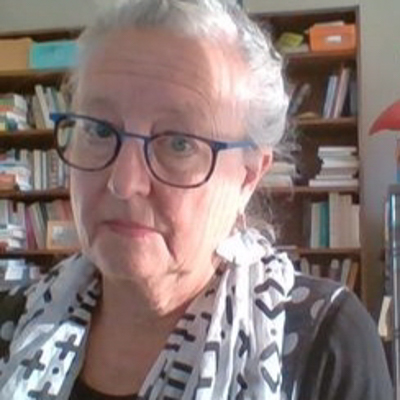
L. DeAne Lagerquist is emerita professor of religion. At St. Olaf College, her courses included Jesus on the India Road on campus and a study abroad offering on Religions of India. She is currently past chair of LPGM's board.






